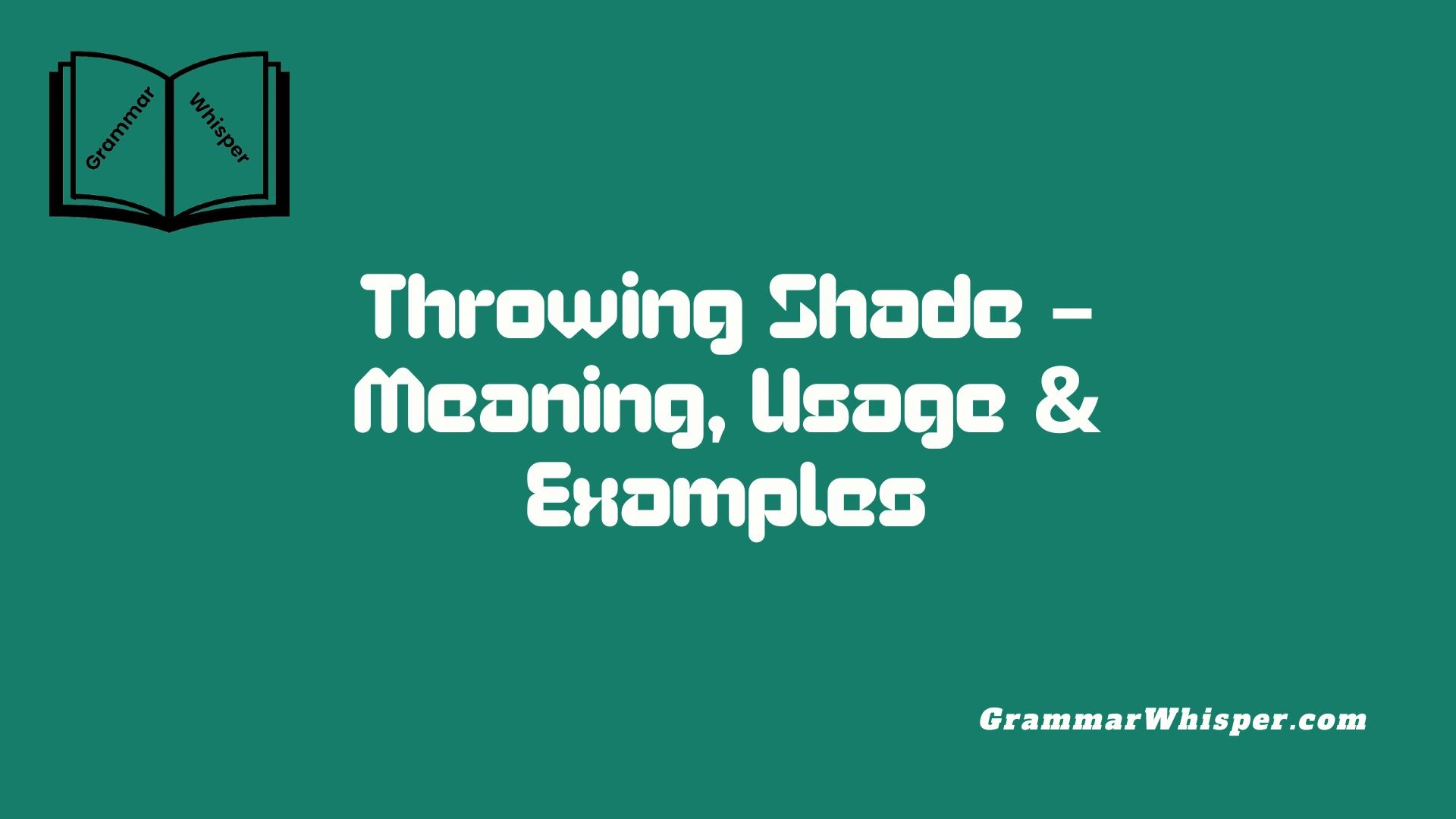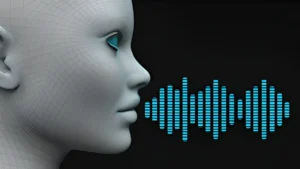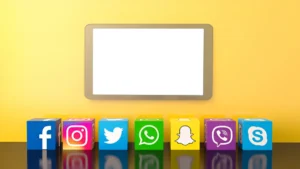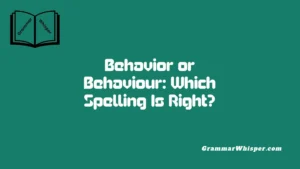Shade, in the context of pop culture, has grown into much more than a casual insult. It’s a tactic, a style, and undeniably an art form. When someone is Throwing Shade, they’re not yelling or causing a scene. Instead, they’re weaving a sharp, subtle comment layered with double meanings, often delivered with a casual sideways glance or a perfectly-timed clapback. Originally born out of the Black and Latino LGBTQ+ communities during the 1980s, shade made its debut in underground culture but now walks the fashion runways, lights up reality shows, and floods social media. Whether in a blog post or a red carpet interview, shade comes dressed in elegance, served cold with a side of sarcasm.
To recognize and master shade is to understand its deeper meaning – what lies beneath the surface of a conversation. It’s reading the colors of dialogue, spotting a polished dig cloaked in charm and wit. This isn’t just drama – it’s language as performance. From celebrity feuds to cryptic online interactions, those skilled in shade wield it with flair and cleverness. Think of it as poise in verbal form – a way to express uncomfortable truths without raising your voice, but still landing a blow with surgical precision.
Understanding the Meaning of “Throwing Shade”
Shade is all about indirect criticism. Instead of saying something harsh outright, a person will drop a sly comment, eye-roll, or sigh to let you feel the burn without spelling it out. It’s clever, and it gives power to the speaker.
How shade differs from other forms of negativity:
- Roasting: Openly insulting someone.
- Dragging: Targeted, repeated criticism meant to embarrass.
- Throwing shade: A witty, covert jab – finesse over force.
Shade is psychological; the goal is to be remembered for your cleverness, not cruelty.
Origins in 1980s Black and Latino Gay Communities
Shade didn’t come from the mainstream – it emerged from underground rooms. In the 1980s, Queens and Harlem hosted vibrant ballroom events, where Black and Latino LGBTQ+ communities competed in fashion, movement, and verbal dueling. There, shade was essential.
Paris Is Burning (1990) introduced this culture:
“You’re a princess, honey, but you better stay in your castle,” floated as shade – soft but stinging.
Ballroom was a space where quiet brilliance and flamboyant performance coexisted. Shade became a tool: you had to be quick, poised, and perform it with impeccable timing.
From Subtle Insults to Mainstage Slang
As drag culture stepped into the spotlight, shade followed. RuPaul’s Drag Race (since 2009) brought it into homes everywhere. Contestants mastered glare-offs, sassy lines, and side-eye. International versions like Drag Race UK and Canada followed, multiplying usage.
Shade evolved from community slang to global lingo – used by celebrities, politicians, and everyday social media users. Brands soon caught on, injecting subtle jabs into ad campaigns to appear edgy.
The Art of Subtlety: How to Recognize When Shade Is Being Thrown
Identifying shade takes context and nuance. Here are common signals:
- Verbal cues: Underplaying work with a “Nice effort…”
- Body language: Eyes shifting, heads tilted, lip smirking.
- Timing: A pause before complimenting – enough to let suspicion settle.
When someone throws shade, they build ambiguity:
“Funny you bring that up,” could mean “That’s hilarious” or “How ridiculous you are.”
The magic: letting your tone say more than your words.
“Throwing Shade” Across Pop Culture and Media
Shade has permeated nearly every facet of entertainment:
- Paris Is Burning: Pioneered shade in openly gay ballrooms.
- RuPaul’s Drag Race: Launched shade into mainstream televised drama.
- Celebrities:
- Rihanna dismissing an old interview with, “I don’t know who that is.”
- Mariah Carey saying, “I don’t even know her.”
These moments fuse shade with celebrity – sly, iconic, and always replayable. Add memes, GIFs, and reaction tweets, and shade becomes unstoppable online.
From Paris Is Burning to RuPaul’s Drag Race
Paris Is Burning televised shade as survival. Contestants needed sharp wit to stand out, not just outfits. Fast forward to RuPaul’s Drag Race, and shade remains central:
- Judges offer cutting feedback with civility.
- Queens work shade into runway critiques or confessionals.
- Viral “Untucked” moments often center on shade battles.
Shade became a performance element – audiences clap, laugh, and then repeat the best shade in memes and tweets.
Shade in Memes, Celebrities, and Politics
Shade extended beyond drag:
- Memes: Images with top and bottom captions mocking someone indirectly.
- Celebrities: Swift clapbacks at online trolls.
- Politics: Politicians tweet shade so subtly it acquires national attention.
Example Table: Shade in Different Platforms
| Platform | Shade Style | Example |
| TV Shows | Quick, on-screen delivery | RuPaul’s “Not today, Satan.” |
| Captioned selfies | “Oops, I did another fundraiser…” | |
| Politics | One-liner tweets | Politician subtly calls out an opponent |
| Memes | Text overlay for comedy | “That moment you realize…” |
Effective Shade-Throwing: Tactics and Techniques
To throw shade like a pro:
- Understatement: “Good attempt…”
- Timing: Drop it after a pause – let your audience fill the gap.
- Double entendre: Words with two meanings; “Live your best life… from afar.”
- Body language: Eye rolls, shoulder shrugs, smirks.
Shade is about balance: witty enough to land, cryptic enough to avoid backlash – unless that’s your strategy.
The Rise of Shade in Digital Communication
Shade is tailor-made for digital life. No face-to-face risk, only cleverly written words or a well-edited video.
- Clapbacks soar when someone flips a troll’s insult.
- Subtweeting lets you throw shade without tagging the target.
- TikTok creators encode shade in tone, context, and narrative pacing.
Algorithms boost shade-heavy posts – they hold attention and drive engagement.
Iconic Examples of Throwing Shade
Let’s look at moments that defined the art of shade – and made headlines.
Celebrity Shade Moments That Went Viral
Mariah Carey vs. Jennifer Lopez When asked about J.Lo, Mariah calmly replied, “I don’t know her.” It was simple, clean, and instantly legendary. The absence of malice made it hit harder – textbook shade.
Nicki Minaj at the VMAs After Miley Cyrus criticized her in an interview, Nicki responded on live TV with:
“Miley, what’s good?” The line echoed through pop culture. Was it a challenge? A warning? A dig? The ambiguity was the brilliance.
Rihanna on Instagram Rihanna mastered digital shade, posting subtle but pointed captions that fans could decode instantly. In one post, after a designer criticized her style, she wrote:
“I’m just here minding my couture.”
Shade doesn’t need direct fire – it needs control, charm, and timing.
Global Context: Shade Beyond Western Culture
Though the term “throwing shade” originates from U.S. LGBTQ+ culture, the concept of veiled insults exists globally.
Regional Variations of Subtle Insults
| Country | Cultural Term or Practice | Description |
| Japan | Tatemae vs. Honne | Masking true feelings behind polite speech |
| UK | Dry wit / Sarcasm | Using irony and reserved tone to mock without malice |
| Nigeria | Side-talk or coded talk | Referencing someone indirectly, often in parables |
| India | Jibes in Hindi idioms | Passive-aggressive digs masked in proverbs or rhymes |
These traditions reflect the same core idea: indirect confrontation with cleverness. Shade is universal – it just wears different cultural clothing.
Throwing Shade vs. Being Petty: What’s the Line?
This is where nuance matters. Shade is refined. Pettiness is reactionary.
Let’s break it down:
| Element | Throwing Shade | Being Petty |
| Delivery Style | Calm, poised, subtly clever | Spiteful, emotional, often transparent |
| Audience Reaction | “Ooh!” or laughter | “Whoa, that was harsh…” |
| Timing | Deliberate and timely | Instant and usually out of context |
| Impact | Leaves a lasting impression | Often dismissed as immature |
Throwing shade shows emotional intelligence. Pettiness lacks control. One makes you look slick – the other makes you look salty.
Ethical Questions: When Does Shade Cross the Line?
Shade works best when it’s playful, not harmful. But where’s the limit?
Consider:
- Power dynamics: Is the person you’re shading someone with less voice or influence?
- Intent: Are you being witty, or are you trying to hurt?
- Setting: Is this public, private, professional?
Example Scenarios
| Situation | Is It Shade or Something Else? |
| A celebrity joking about a rival on TV | Likely shade – mutual platform |
| A boss using sarcasm toward an intern | Not shade – could be bullying |
| A friend commenting “Interesting outfit” | Depends on tone and history |
Tip: If it feels cruel or unnecessary, it probably isn’t shade – it’s just mean. Throwing shade is an art, not an excuse.
How to Use Shade Smartly in Conversations
Shade isn’t just a TV tool. You can use it – ethically and cleverly – in everyday communication.
Ways to Shade with Style:
- The Compliment-Question Combo “That’s a bold shirt… Did you get it on purpose?”
- The Faux Support “You’re so brave for wearing that.”
- The Delayed Praise “That’s actually… not bad.”
Keep it witty, not nasty. You want laughs, not gasps.
The Psychology Behind Why We Love Shade
Humans love layers. A shaded comment gives listeners a puzzle to solve, making it satisfying. It triggers our social decoding instincts.
Psychological Factors at Play:
- Superiority theory: We laugh when we feel smarter or more aware than others.
- Benign violation theory: Shade walks the line between offensive and funny – just enough violation.
- Cognitive engagement: Our brains enjoy connecting indirect dots. Shade challenges us to read between lines.
That’s why shady tweets go viral: they stimulate, entertain, and spark conversation all at once.
Throwing Shade in the Workplace: Risks and Rules
Caution is key. While shade can be fun socially, at work it walks a tightrope.
What to Avoid:
- Shading your boss (unless you’re ready for consequences)
- Passive-aggressive comments in meetings
- Subtweets about colleagues
Safer Options:
- Shade in closed-door banter with trusted coworkers
- Use humor, not hostility
- Keep it light and non-targeted
Remember: The workplace often lacks the social cues that make shade safe. What’s hilarious in a drag brunch might be HR-worthy in a Zoom call.
Throwing Shade in Marketing and Branding
Brands are getting bolder. Some are throwing shade to stand out, gain virality, and connect with younger audiences.
Examples of Brand Shade:
- Wendy’s Twitter: Known for dragging competitors with one-liners like, “Our beef is never frozen. Unlike some others we won’t name.”
- Old Spice vs. Axe: “If your grandfather hadn’t worn it, you wouldn’t exist.”
These campaigns draw engagement – but not everyone should do it. Shade as a branding tactic works only when:
- Your audience enjoys edgy humor
- The tone matches your brand voice
- The competitor is bigger, or already poking at you
Final Thoughts
Throwing shade is more than a sassy comment. It’s a cultural artifact, a performance tool, a social weapon – and a linguistic dance.
Whether it’s on screen, in politics, in memes, or everyday banter, shade survives because it evolves. It rewards intelligence, timing, and restraint.
Key Takeaways:
- Shade originated in queer Black and Latino communities as a tool for subtle dominance.
- It’s now a global phenomenon spanning pop culture, politics, and digital communication.
- Mastering shade requires wit, self-control, and cultural awareness.
- It’s powerful – but should always be used thoughtfully, not hurtfully.
FAQs
What does “throwing shade” mean?
Throwing shade is the act of giving a subtle, often witty insult or criticism. It usually involves clever wording, sarcasm, or backhanded compliments rather than direct confrontation.
Where did the phrase “throwing shade” originate?
The term comes from 1980s Black and Latino LGBTQ+ ballroom culture, especially in New York. It was first widely documented in the 1990 documentary Paris is Burning.
Is throwing shade always negative?
Not necessarily. Shade can be playful, stylish, and even humorous, especially among friends or within certain cultural spaces like drag communities. It turns negative when it becomes mean-spirited or aggressive.
How can I tell if someone is throwing shade?
Look for:
- A compliment that doesn’t quite sound sincere
- Sarcastic tone or facial expressions
- Statements that cause awkward silence or sly laughter
- The context and history between people involved
Can throwing shade be used in professional settings?
It’s risky. In professional environments, shade can easily be misinterpreted and damage relationships or reputations. Use extreme discretion and prioritize respectful communication.
Is throwing shade the same as being sarcastic?
They’re related but not identical. Sarcasm is broader and can be direct or exaggerated, while shade is finessed, indirect, and requires subtlety. Shade is often more socially intelligent and layered.
Are memes considered a form of throwing shade?
Yes. Many viral memes are built around shady reactions, captions, or image juxtapositions. Memes allow people to throw shade in nonverbal and creative ways, especially on platforms like Twitter and Instagram.











